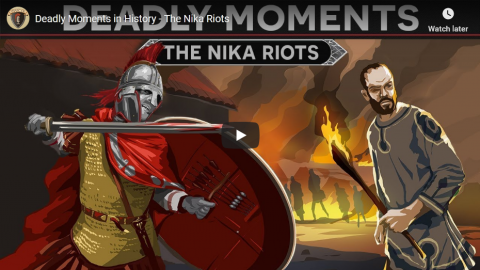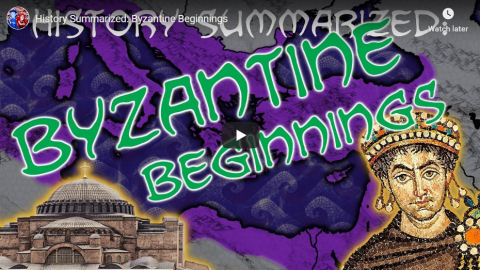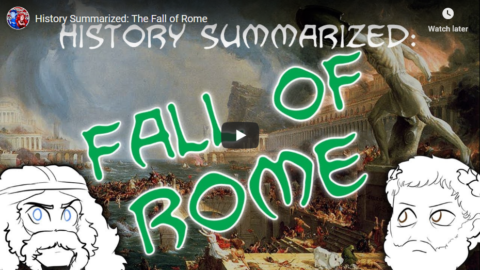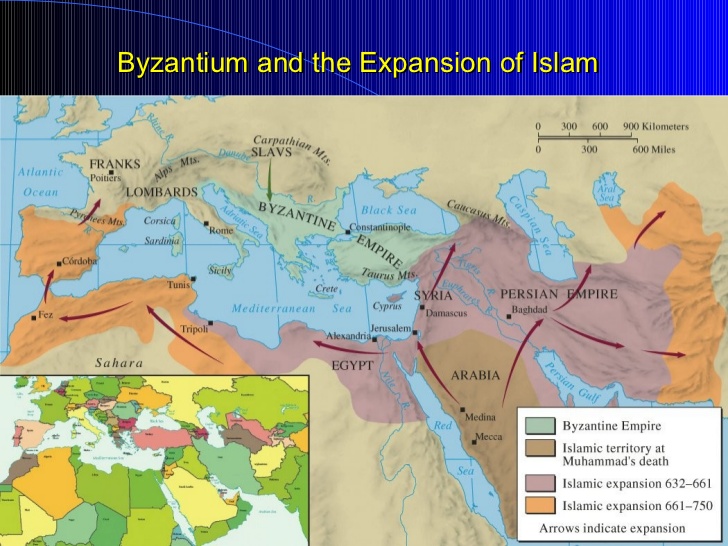Not only does Tamara Keel provide interesting and informative gun information, she also has at least a vague interest in late Classical/early Medieval history:
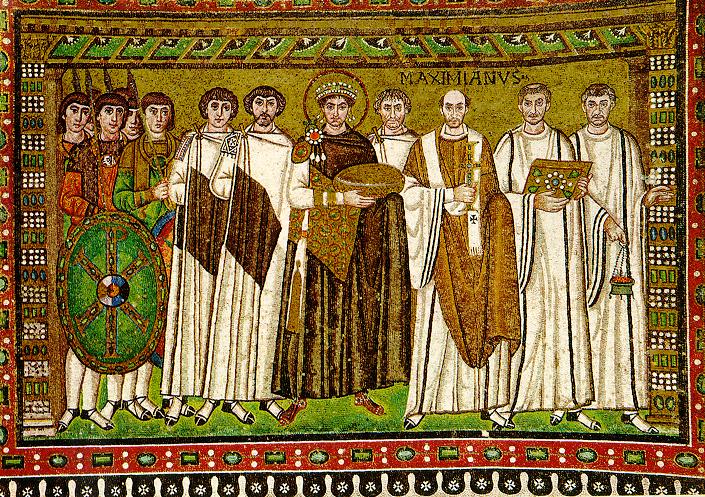
Court of Emperor Justinian with (right) archbishop Maximian and (left) court officials and Praetorian Guards; Basilica of San Vitale in Ravenna, Italy. The bearded man to Justinian’s right is believed to be Belisarius. (via Wikimedia)
The center of social life in Constantinople was the Hippodrome, a massive stadium where chariot races were held. Chariot racing was wildly popular with all strata of society, and everybody was a fan of one team or another; the Blues, the Greens, the Whites, and the Reds. Although as time went on, hardly anybody paid attention to anybody other than the Blues and the Greens. Kinda like Dale Jr. fans and Jeff Gordon fans and who cares about Kurt Busch anymore ’cause he’s a tool.
So, everybody who was anybody was a fan of the Blues or the Greens. You only hung out with fellow Dale fans, all the Jeff Gordon fans voted the same way, you beat the crap out of rival fans in bar fights when you could. Trouble really erupted, however, when some popular ringleaders from each faction were imprisoned on murder raps after a bit of friendly head-busting got out of hand after a contested race.
Dale fans and Jeff Gordon fans united and went wild in the streets, burning and looting and actually laying siege to the palace in a mob scene. The emperor Justinian (via someone expendable, no doubt) announced his willingness to accede to their demands, even to the point of agreeing to abdicate in favor of their choice for a new ruler. Fortunately for Justinian, his wife Theodora and a senior eunuch in the palace bureaucracy named Narses had the stones the emperor lacked. They put their heads together with Belisarius and Mundus, two great Byzantine generals, and hatched a plan.
As the tens of thousands of rioters thronged in the vast Hippodrome, waiting for the new emperor’s coronation, Belisarius and his bodyguard of no more than a couple hundred steppe archers took the passageway under the street from the palace to the imperial box in the stadium. With the crowd focused on the impending ceremony, nobody noticed the archers fanning out in the skybox until they started volleying into the crowd. Panic ensued and, leaving a litter of 24 flags and 88 mesh-back ball caps and shot-up, trampled bodies, the crowd stampeded for the big main gates off the racetrack.
Unfortunately, Mundus and his bodyguard were drawn up in ranks blocking the exit, and they opened fire into the front rows of the fleeing mob. Needless to say, when all was said and done, the backbone of the rioters was broken. Thousands had been shot, and many thousands more were crushed in the press. Justinian held onto his crown, no thanks to his own dithering.

